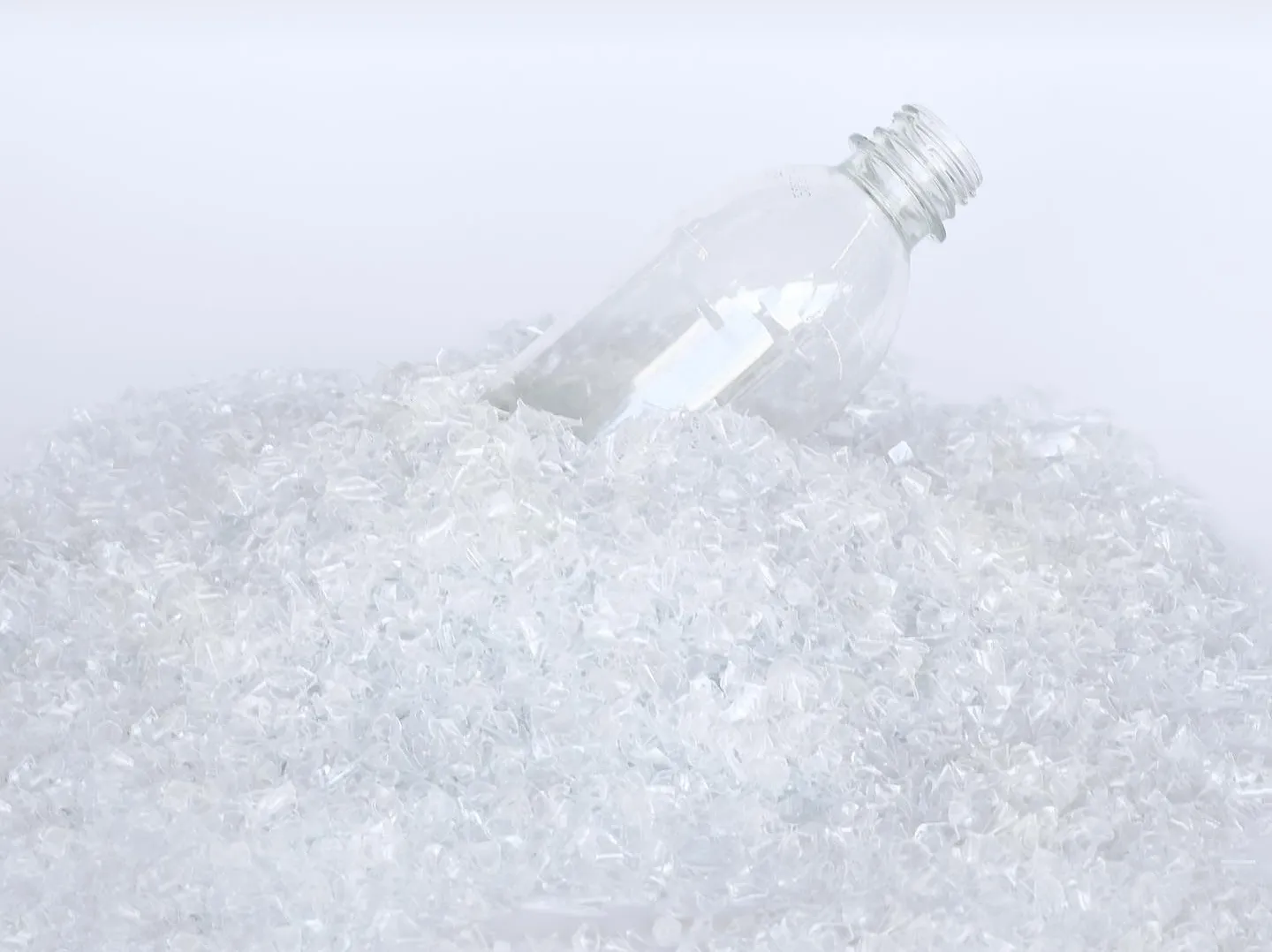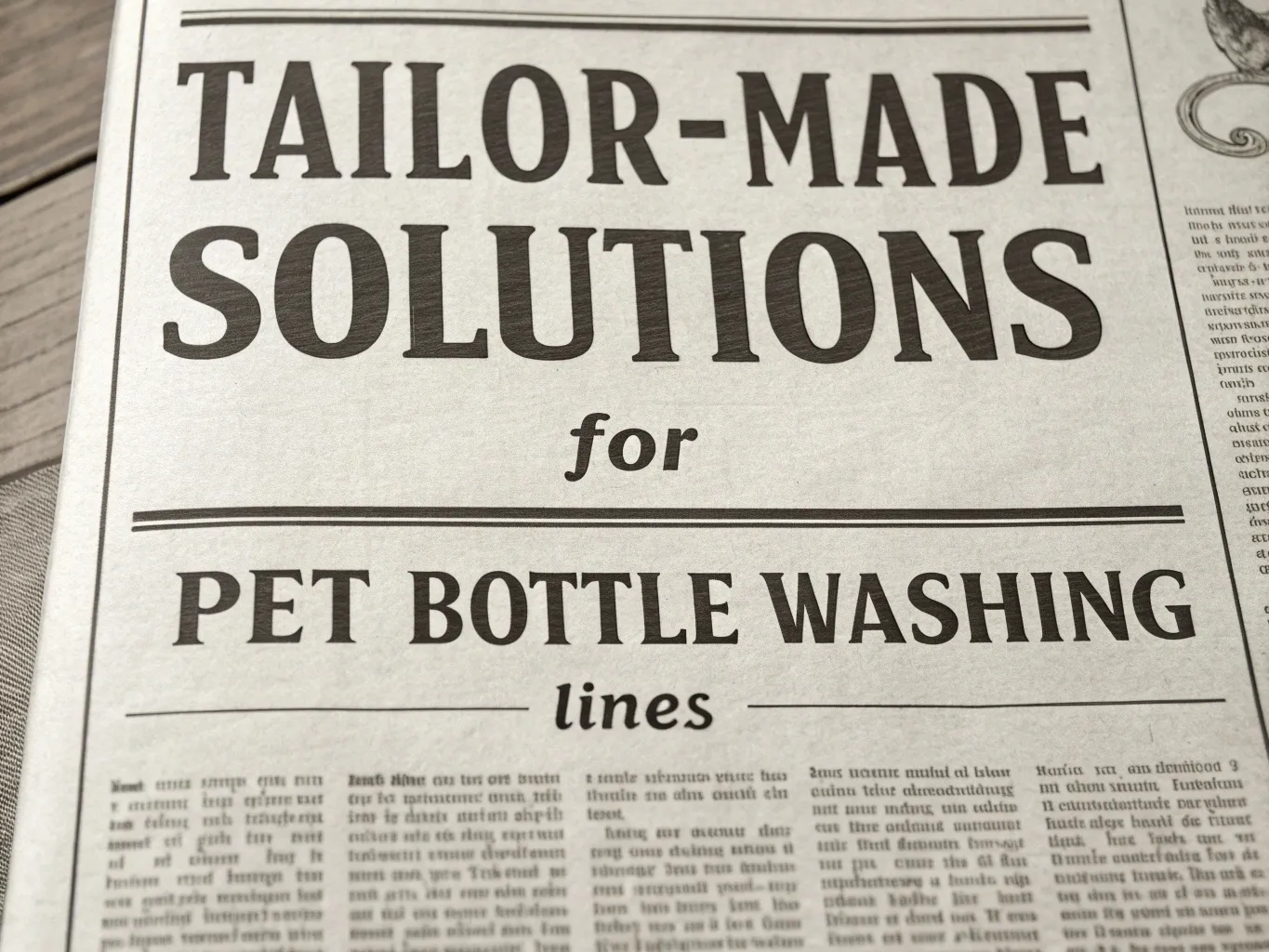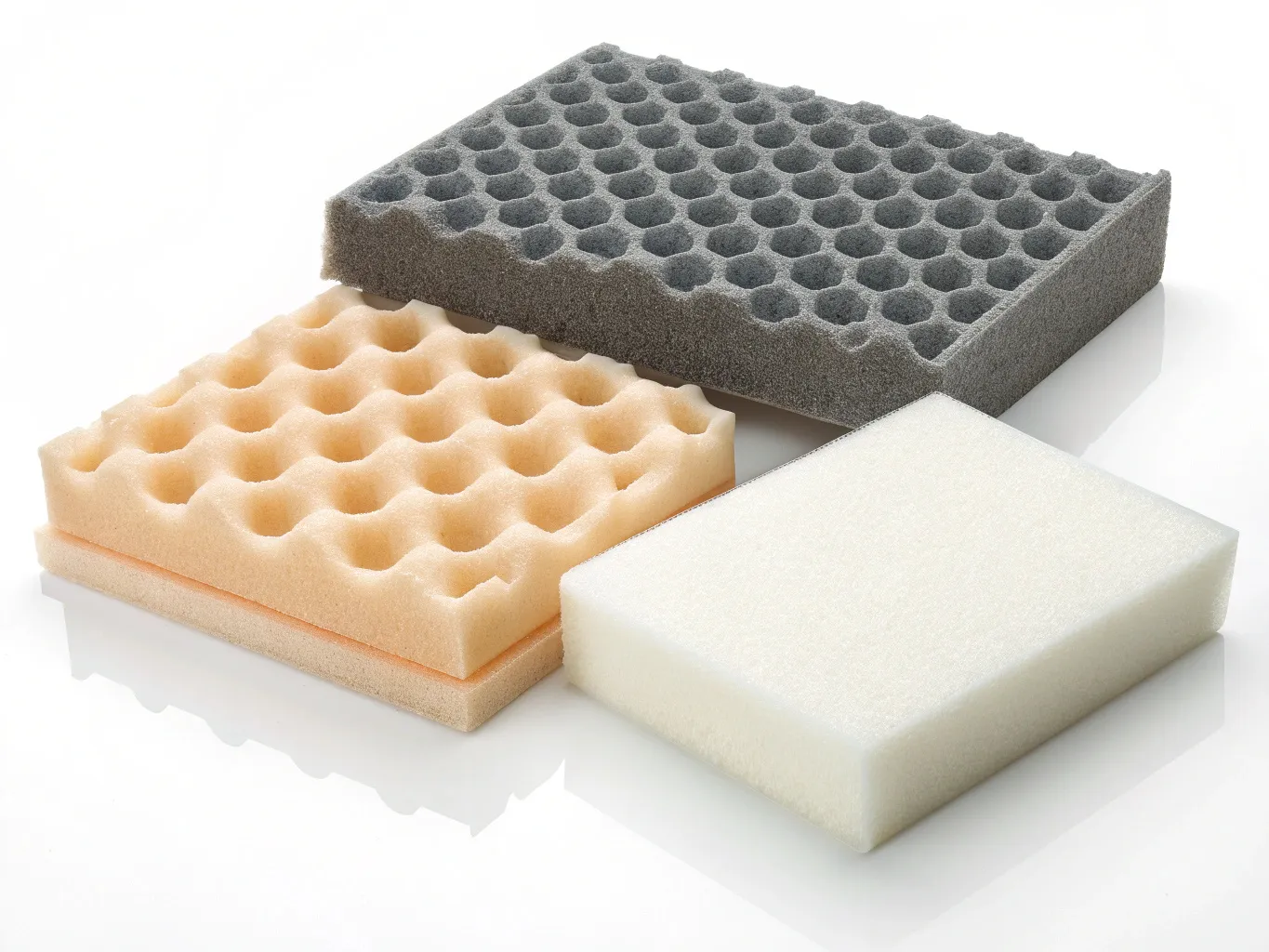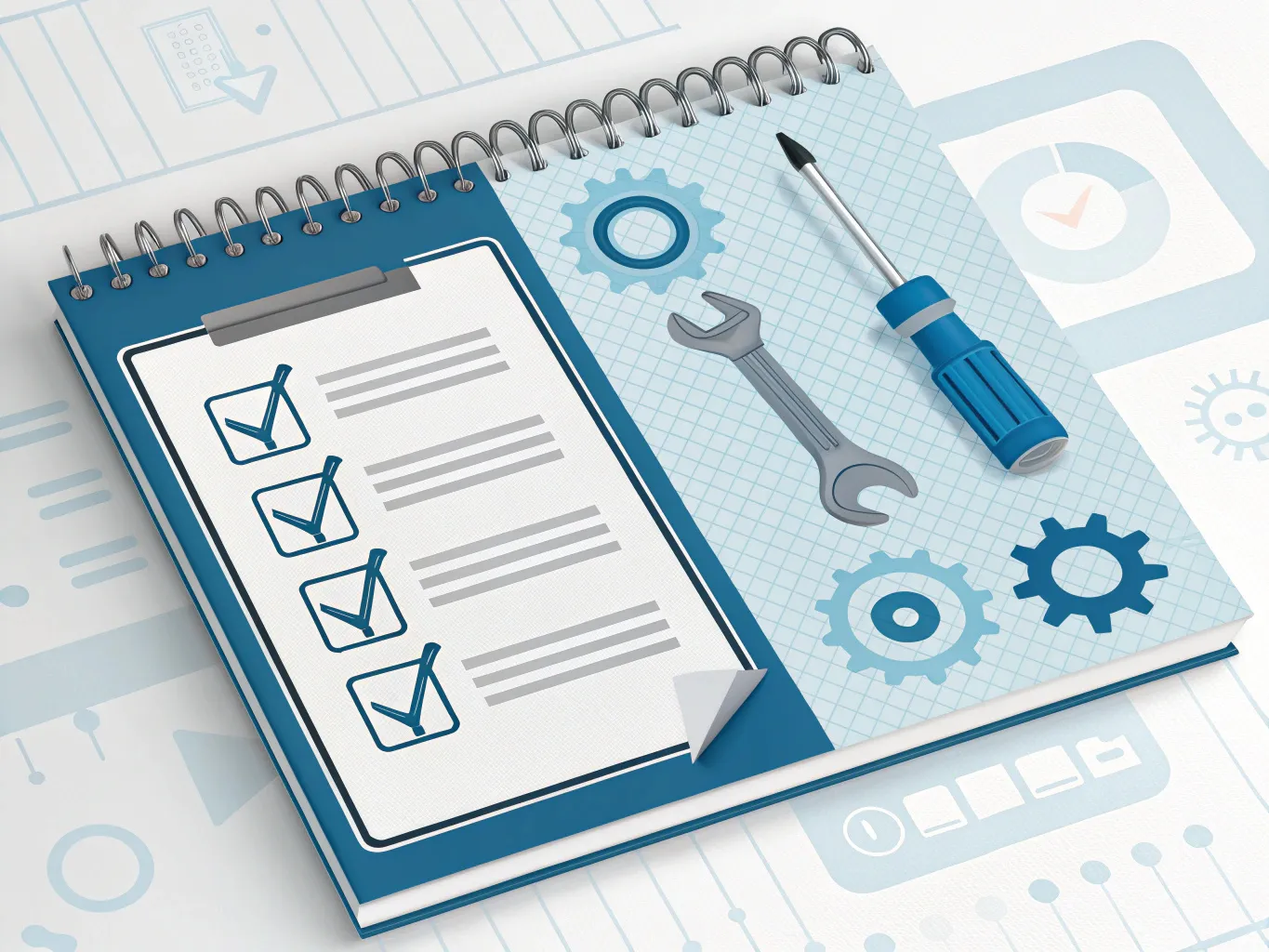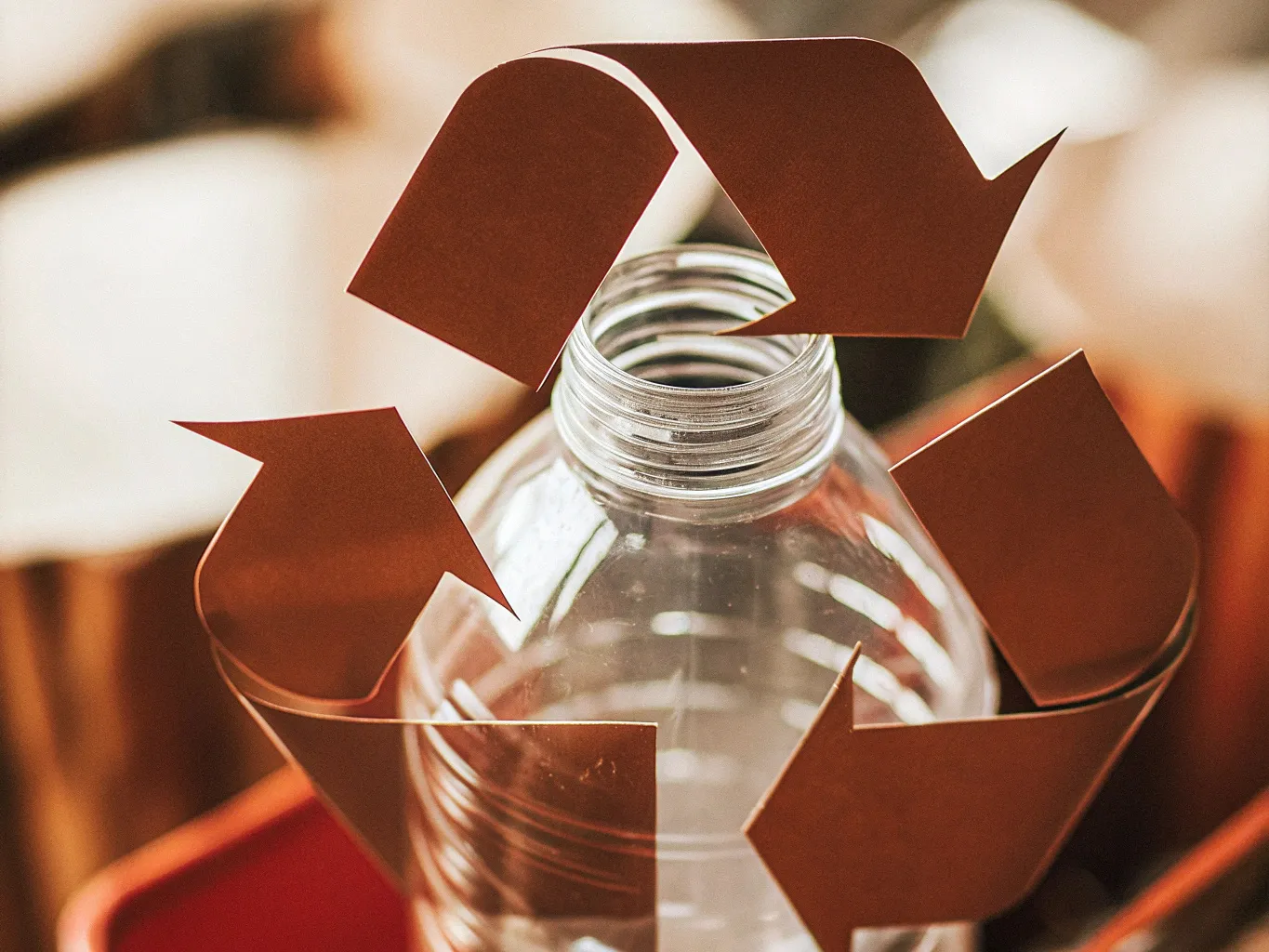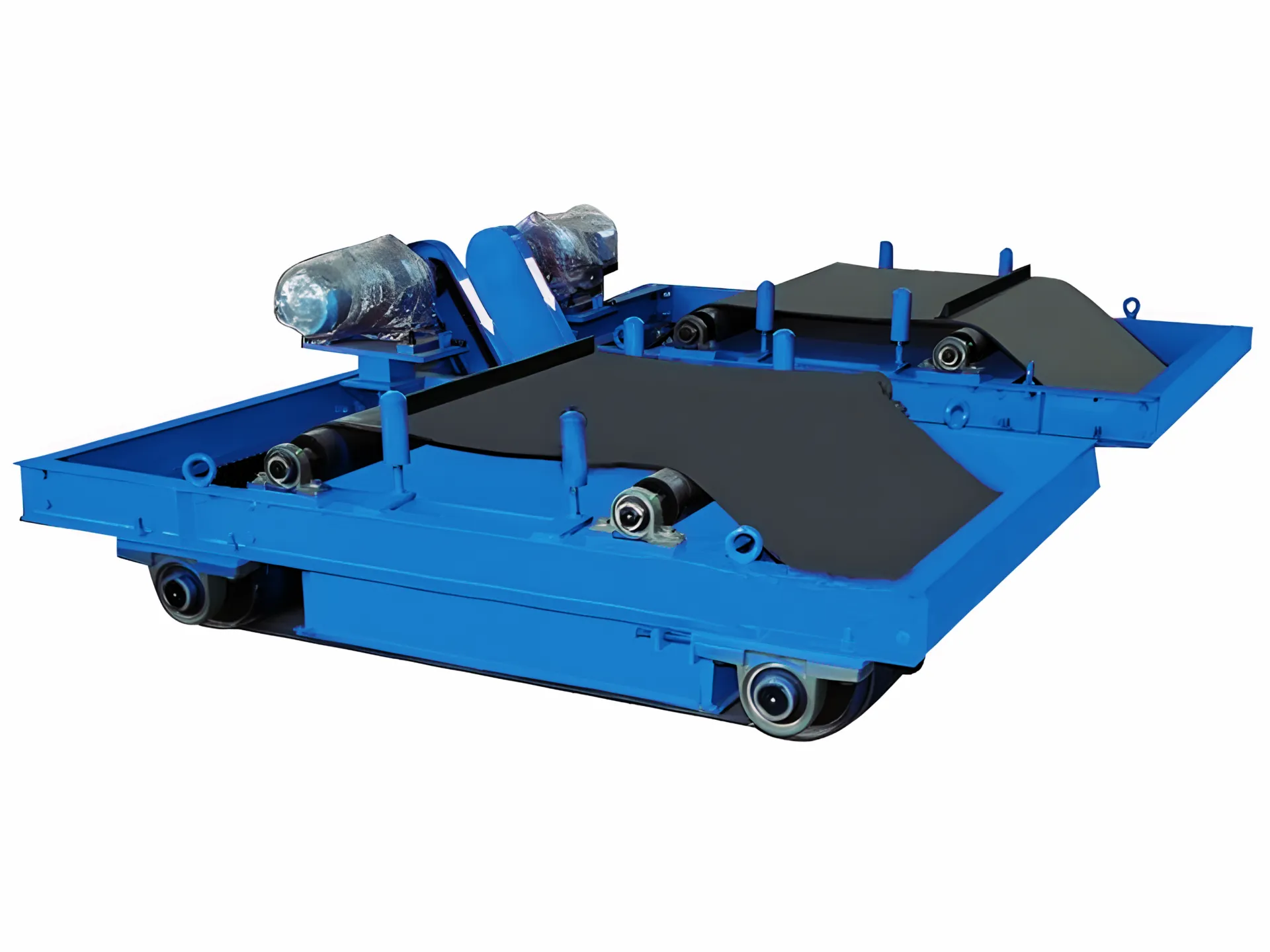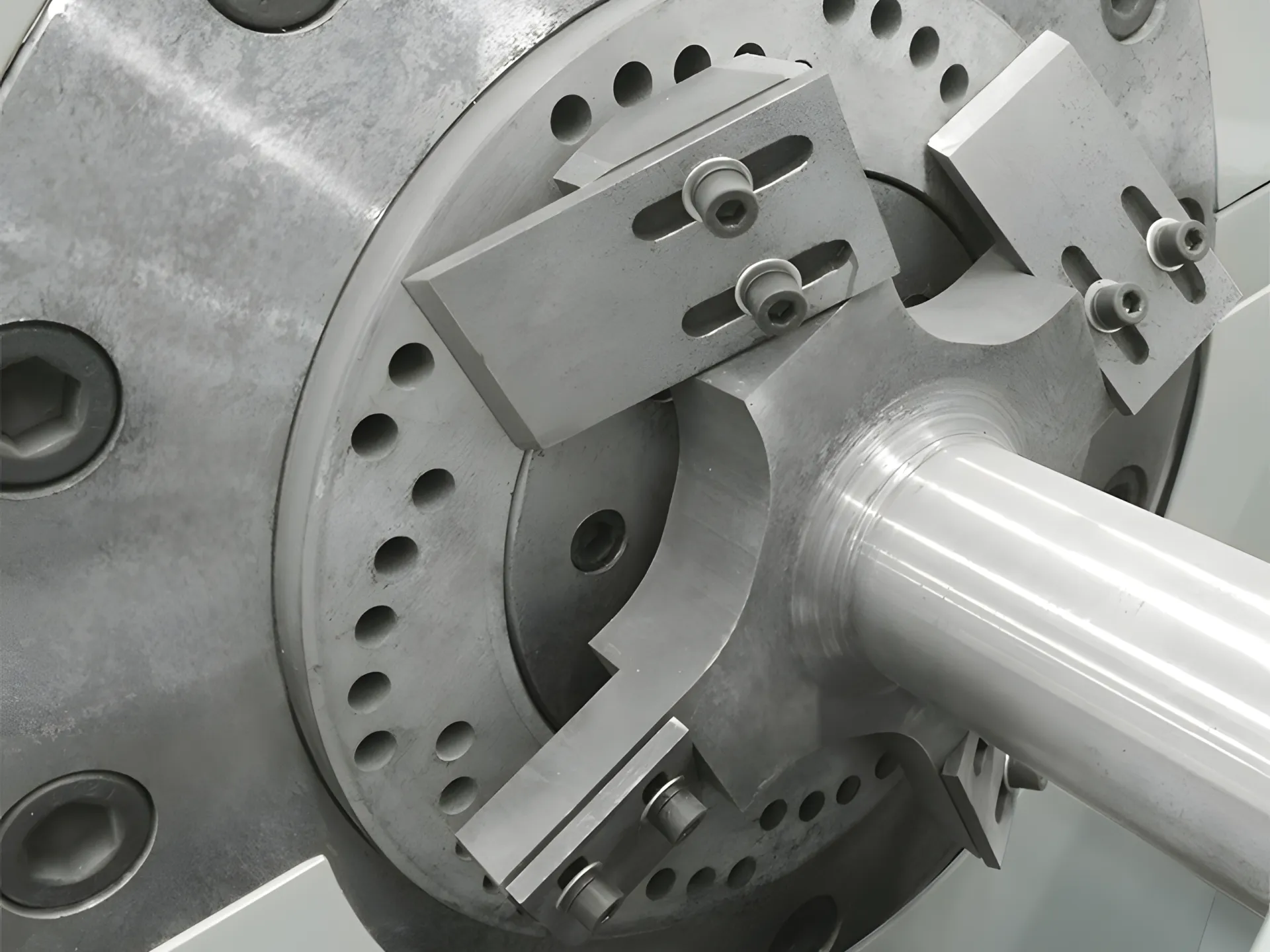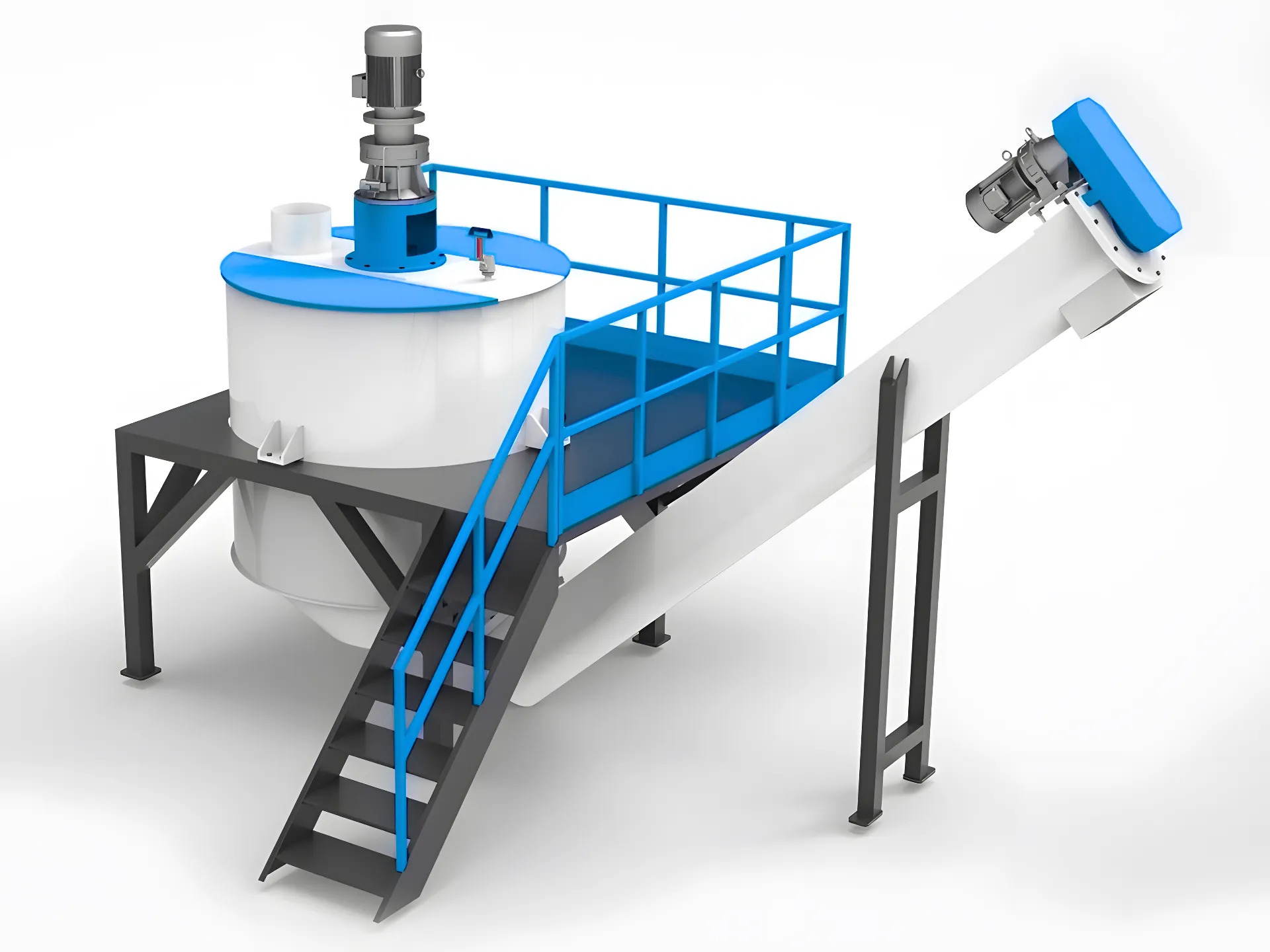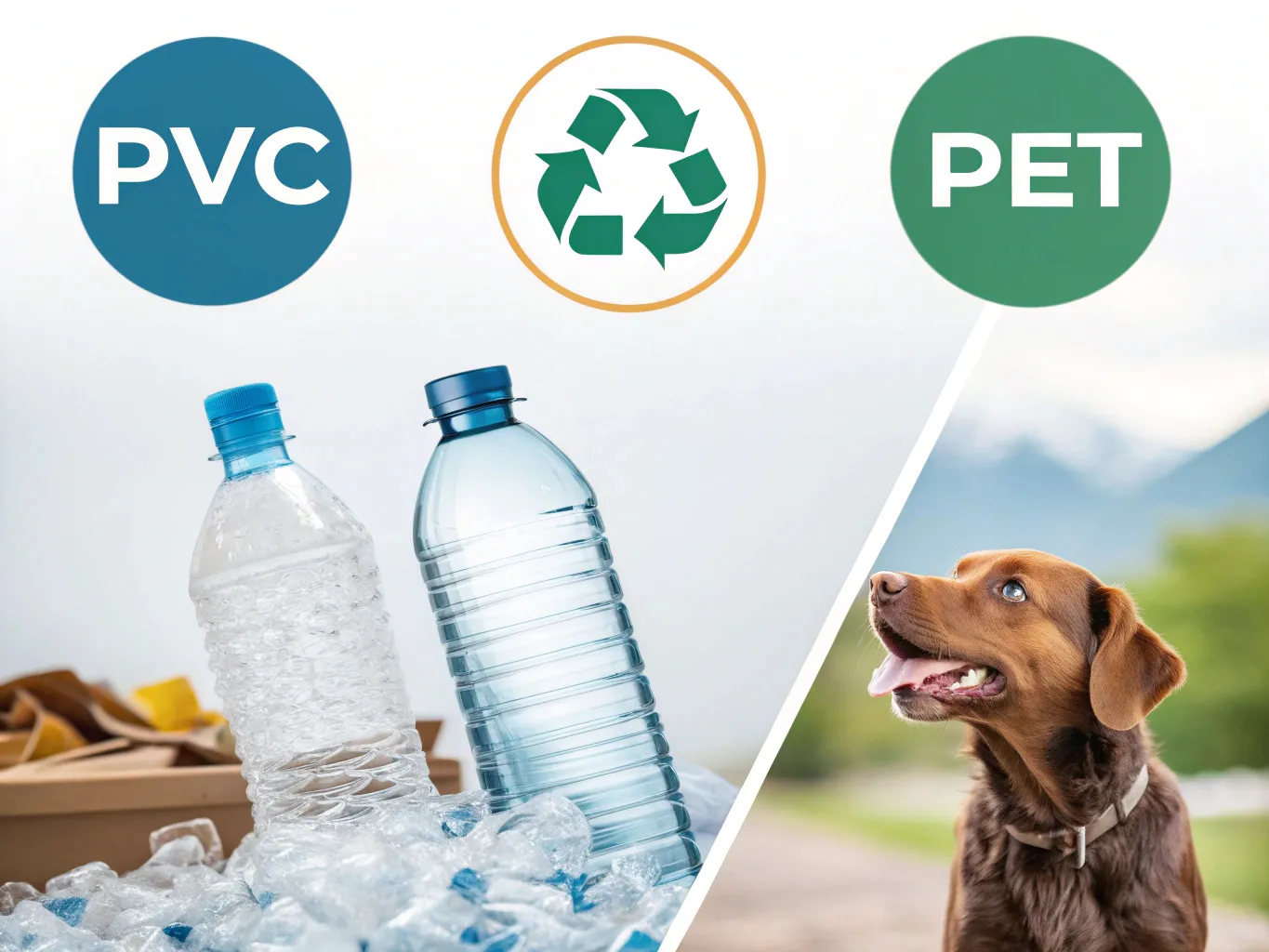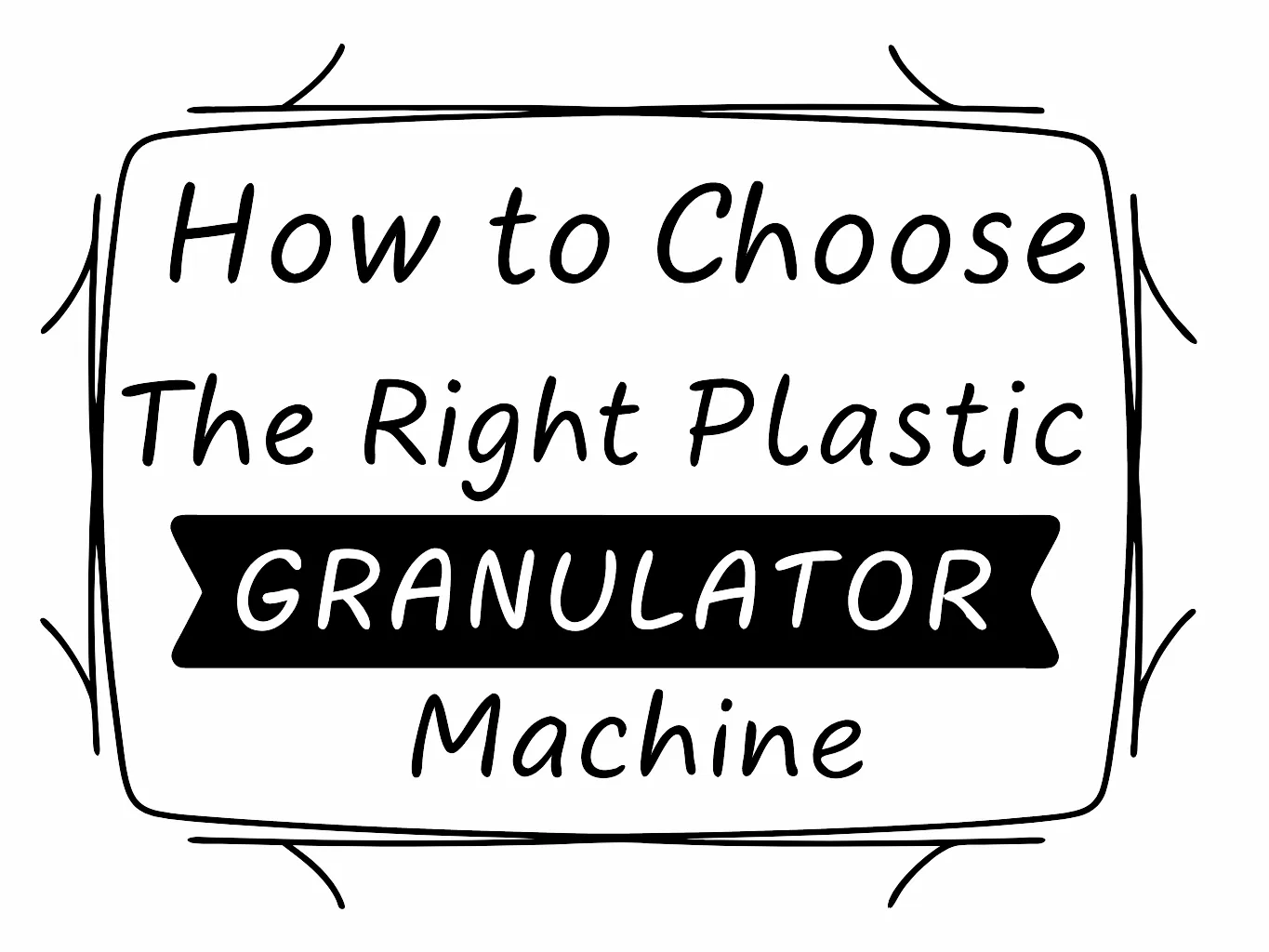Recycling News
In a world increasingly focused on sustainability, recycling PET bottles has become a critical step toward reducing plastic pollution and conserving resources. At the heart of this process lies the PET Bottle Washing Line, a specialized system that cleans and prepares post-consumer PET bottles for reuse. This article explores how recycled PET bottles are transformed into valuable materials, their applications across industries, and why investing in PET bottle washing technology is essential for a circular economy.
This comprehensive guide delves into the customized selection of pet bottle washing lines, focusing on meeting different scale requirements by discussing the differences between small, medium, and large lines, and providing practical advice on choosing the right equipment based on business needs. The information is derived from extensive research into manufacturer specifications, industry practices, and recycling processes, ensuring a thorough understanding for businesses aiming to optimize their recycling operations.
This article provides an in-depth exploration of the recycling processes for Expanded Polyethylene (EPE) and Expanded Polystyrene (EPS) foams, highlighting their similarities and differences based on current industry research and best practices. The aim is to inform recycling professionals, environmental advocates, and industry stakeholders about the practical feasibility, challenges, and sustainable opportunities associated with recycling these widely used materials.
If you're running a PET bottle washing line, you already know how crucial it is for turning used plastic into high-quality flakes ready for reuse. But let’s face it—keeping this equipment in top shape isn’t always easy. Regular maintenance is the key to avoiding costly downtime, extending the life of your machines, and ensuring your operation runs like a well-oiled machine. Here’s a practical, no-nonsense guide to keeping your PET bottle washing line in peak condition.
The PET bottle washing line process is a critical component of plastic recycling, transforming post-consumer PET bottles into high-quality PET flakes for reuse. This detailed analysis covers each step, compares cold and hot washing methods, and highlights environmental and economic benefits, ensuring a comprehensive understanding for both industry professionals and lay readers.
This guide provides a detailed exploration of selecting the appropriate PET bottle washing line for your recycling business, ensuring efficiency, quality, and cost-effectiveness. PET bottle washing lines are critical for transforming used polyethylene terephthalate (PET) bottles into clean PET flakes, which are then repurposed for various applications such as new bottles, textiles, and packaging materials. The process involves several stages, including debaling, sorting, washing, and drying, and the choice of line can significantly impact your operation’s success.
Suspended Self-Discharging Magnetic Separators are specialized industrial equipment designed to remove ferrous metals from conveyor belts. They are suspended above the conveyor and feature an automated self-cleaning mechanism, such as a continuously moving belt, to discharge captured metal into a collection bin or chute. This automation ensures uninterrupted operation, making them ideal for high-volume industrial processes.
Plastic pelletizing machines play a crucial role in converting plastic waste or raw materials into small granules, which are widely used in manufacturing injection-molded products, films, and sheets. Among the core processes of pelletizing, the cutting method directly influences the uniformity and quality of the granules. Based on existing research, the “cutting method” primarily consists of three techniques: gantry cutting, horizontal water ring cutting, and underwater cutting. These methods encompass both cold-cut and hot-cut techniques.
PET (Polyethylene Terephthalate) washing lines are systems used to clean and recycle PET bottles into flakes for reuse, such as in new bottles or fibers. The main difference between cold and hot washing lines is the water temperature used, which affects cleaning effectiveness, energy use, and the quality of the final product.
In the recycling and environmental protection industry, the single-layer eddy current separator has become one of the core devices for industrial waste processing due to its highly efficient and precise metal sorting capabilities. This article provides an in-depth analysis of its working principles, technical advantages, and application scenarios, helping you gain a comprehensive understanding of this “metal sorting powerhouse.”
In the world of PET recycling, PVC (polyvinyl chloride) is a dreaded contaminant. Even in trace amounts, PVC can wreak havoc during the processing and remanufacturing of post-consumer PET resin, leading to significant quality issues in the final product. For context, PVC contamination as low as 50 parts per million (ppm)—equivalent to just 0.05 kg of PVC in 1,000 kg of PET flakes—can cause severe problems. This minuscule concentration (0.005%) can lead to the breakdown of PET resin, resulting in brittleness, discoloration (yellowing), and the release of hazardous chlorine vapors. These issues undermine two of PET's most valued properties: clarity and impact strength.
Selecting the ideal plastic granulator is a critical investment that can significantly impact your operation's efficiency and profitability. Energycle's plastic granulators combine precision engineering with durability to handle demanding recycling applications. This comprehensive guide will help you identify the perfect machine for your specific needs.



